The Niagara Escarpment Commission (NEC) has adopted policy interpretation, guidelines and technical criteria to help with the interpretation and implementation of the Niagara Escarpment Plan (NEP). These policy interpretations and guidelines assist the NEC in providing direction and making consistent decisions on Niagara Escarpment Development Permit Applications and other planning matters with the NEP Area.
Policy Interpretation
A policy interpretation is a technical review of the existing policy as it applies to a specific circumstance. It provides support to existing NEP objectives and development criteria. Below is a list of NEP policy interpretations that have been endorsed by the Commission. You can click on the links to read the reports associated with each policy.
In the past, the NEC has taken the position that the rental of a primary dwelling for the purposes of short-term accommodations within the plan area was a commercial activity and not a permitted use listed for any land use designations in Part 1 of the Niagara Escarpment Plan. The Commission has reviewed this position from the perspective that the rental of a single dwelling for a few days is consistent with the rental of the same dwelling on a month-to-month basis and/or the use of the dwelling by the owner.
With this interpretation, the NEC has determined that the rental of a single dwelling, or a legally established secondary dwelling unit within or attached to the primary dwelling, are consistent with the permitted use of the dwelling by the owner and that a Development Permit from the NEC is not required to initiate rentals.
On June 19, 2006, the NEC adopted a policy interpretation for approving conservation organizations to enable such organizations to secure and establish Nature Preserves, pursuant to the provisions and definitions set out in the Niagara Escarpment Plan Policy Governing the Establishment of Nature Preserves.
The term prominent Escarpment slope is not defined in the Niagara Escarpment Plan. However, Escarpment brow, tow and slope are defined and have been used as the meaning of prominent Escarpment slope when considering development proposals that encroach on the Escarpment slope in the Escarpment Recreation Areas.
In March 2003, the Niagara Escarpment Commission passed a motion to adopt this interpretation and approach to defining prominent escarpment slopes in the Escarpment Recreation Area.
This Protocol applies to all radiocommunication and broadcasting services including Personal Communications Services (PCS), cellular, fixed wireless, land mobile, wireless internet systems, licence exempt and amateur radio operators.
On June 16, 2005 the NEC adopted a policy interpretation respecting the definition of “urban uses” for the administration of the Plan Amendment process under 6.1 of the NEPDA. No person or public body may request an Amendment to the NEP for an “urban use” until 2015, at which time the Minister may include the consideration of such uses in the terms of reference for the Plan Review.
Various types of water taking occur throughout the area of the Niagara Escarpment Plan (NEP). The majority of these relate to the taking or use of water, which can be considered accessory, or incidental, to a permitted use listed in the Plan.
The province of Ontario has established a priority on renewable energy resources and has promised to make clean energy cheaper and more affordable. Wind power is said to be the fastest growing alternate energy source in the world. The driving force behind the industry is the need to generate power and to reduce emissions and harmful waste from traditional power generation methods, which may lead to global climate change, acid rain and other pollutants.
Guidelines
A guideline is a set of rules or instructions on how the NEC believes a study or development should be carried out. Guidelines are meant to support the policies of the NEP.
Below is a list of NEP guidelines that have been endorsed by the Commission:
At its September 15, 2010 meeting, the Niagara Escarpment Commission approved guidelines for dog kennels in the Niagara Escarpment Development Control Area.
These guidelines are provided to assist applicants and other parties in understanding the process for Plan amendments and the scope of the information required to support the review, analysis and decisions on applications.
This document, approved by the Niagara Escarpment Commission in November of 2020, provides standards for the preparation of a visual impact assessment (VIA). Prior to undertaking visual impact assessment, it is recommended that applicants prepare a Terms of Reference for approval. Should you have any questions, please contact the Niagara Escarpment Commission.
This document, approved by the Niagara Escarpment Commission in March 2022, provides for a pre-consultation process for new Plan amendment and Development Permit applications and outlines the requirements for the submission of a complete application containing all the necessary information to assist in their review. After reading the technical criteria, you may contact staff at the Niagara Escarpment Commission to discuss your application.
These criteria, approved by the Niagara Escarpment Commission in May 2023, are intended to provide guidance for applicants on how to prepare a typical Vegetation Protection Plan (VPP). Specific criteria for each application should be confirmed in consultation with NEC staff and other government agencies. Where NEC criteria for landscape plans differ from those of other relevant government agencies, the most stringent requirements will apply.
These criteria, approved by the Niagara Escarpment Commission in May 2023, provide general expectations regarding landscaping and landscape plan preparation that are acceptable to the NEC and are used by staff to assess the technical merits of proposed development in the NEP Area. Key landscaping objectives and project-specific criteria should be confirmed in consultation with both NEC staff and regulatory agencies before preparing a landscape plan.

